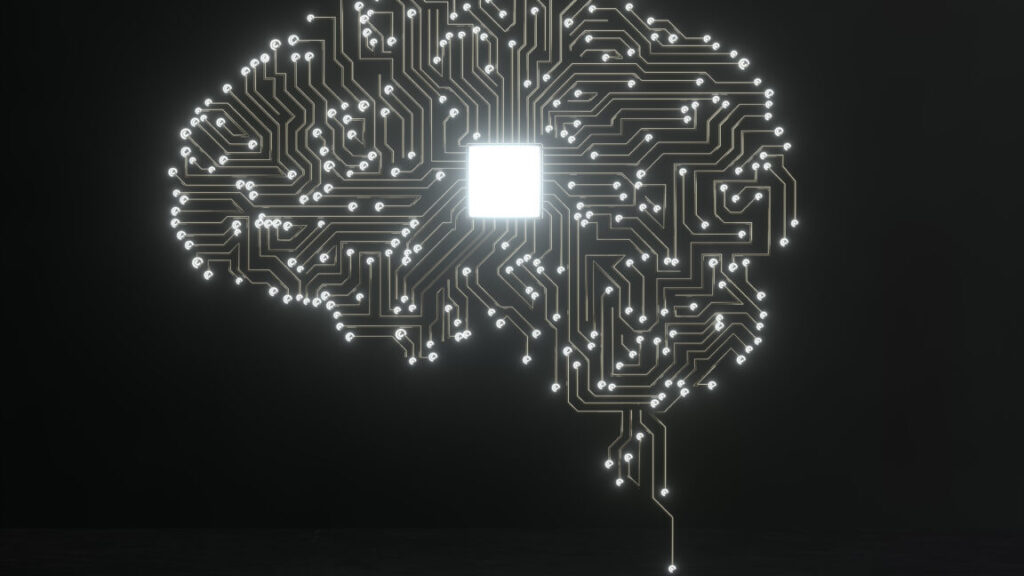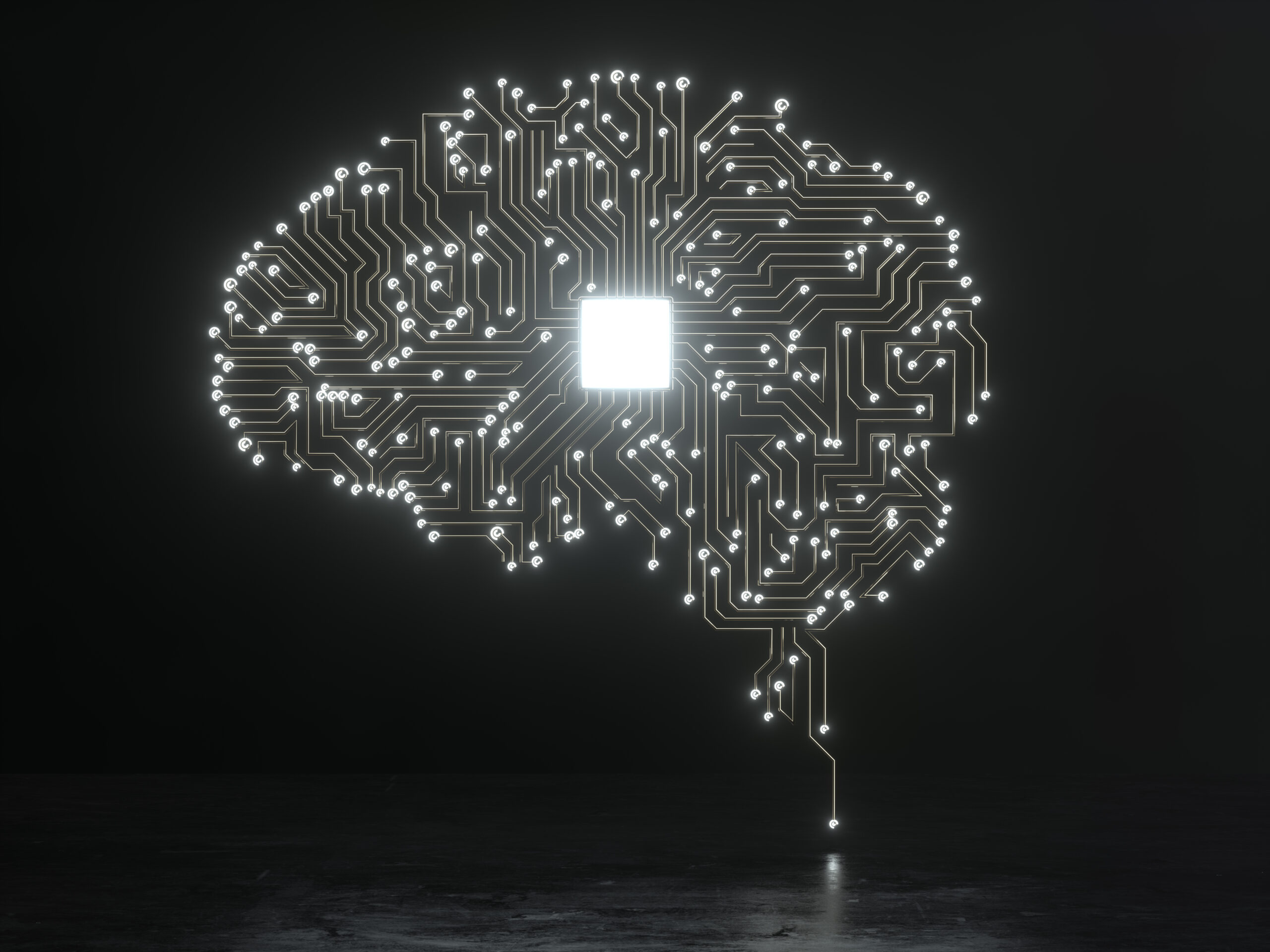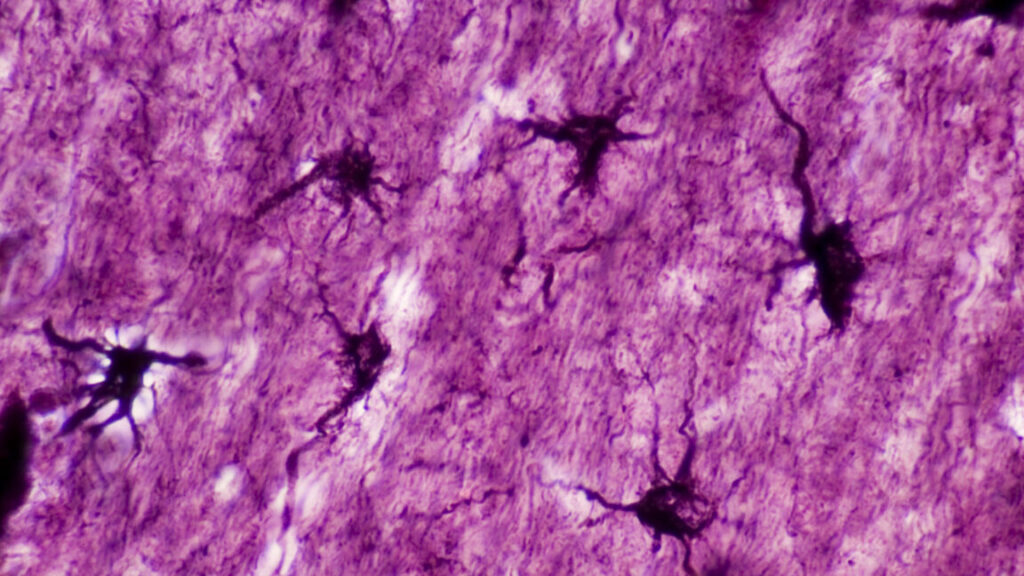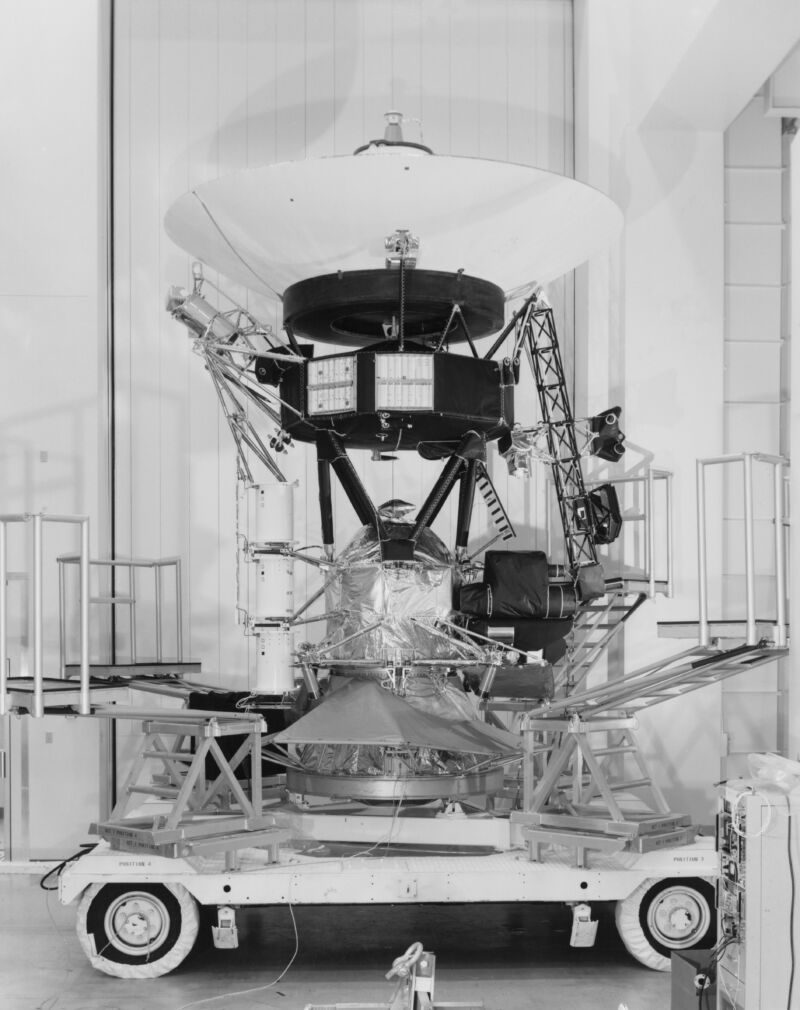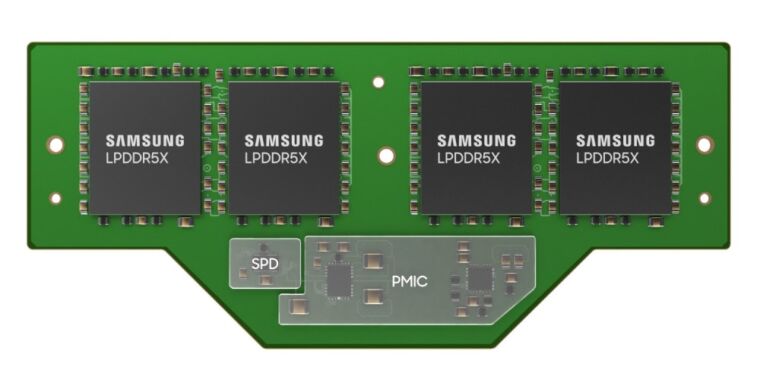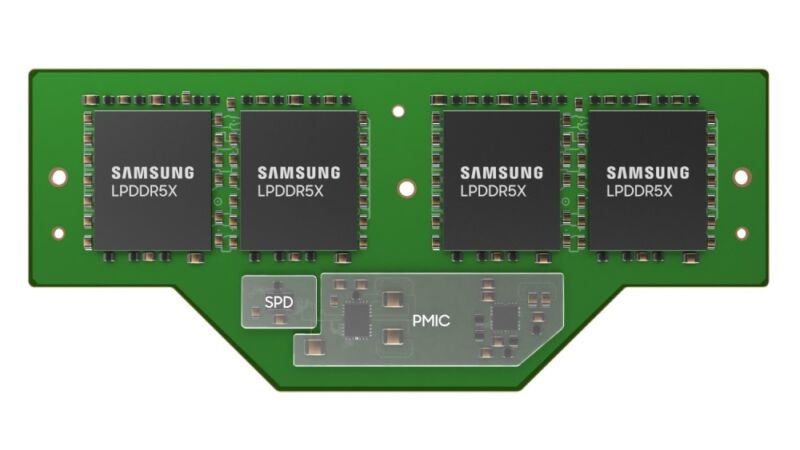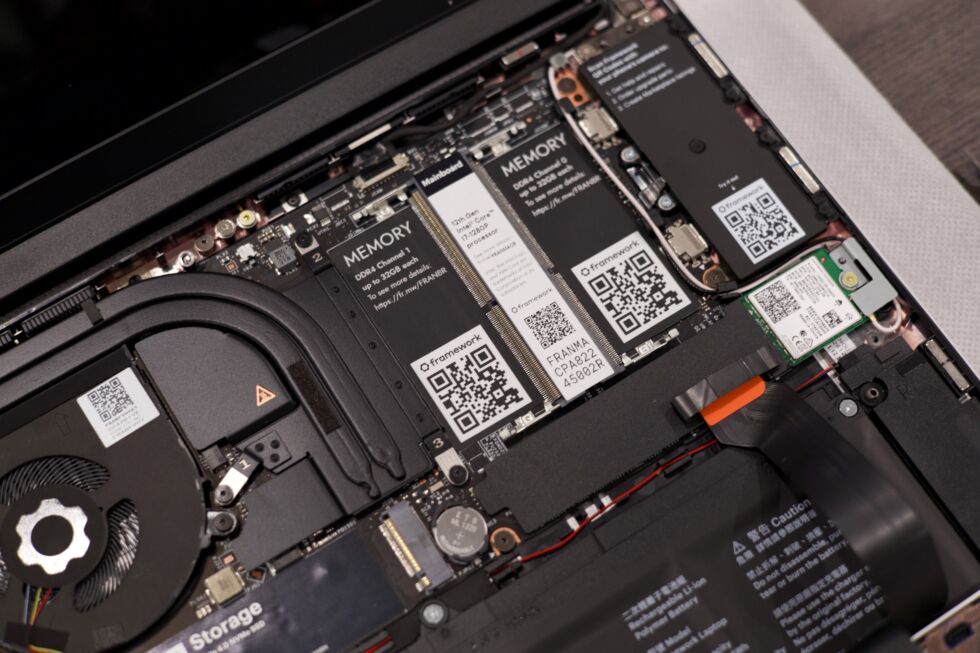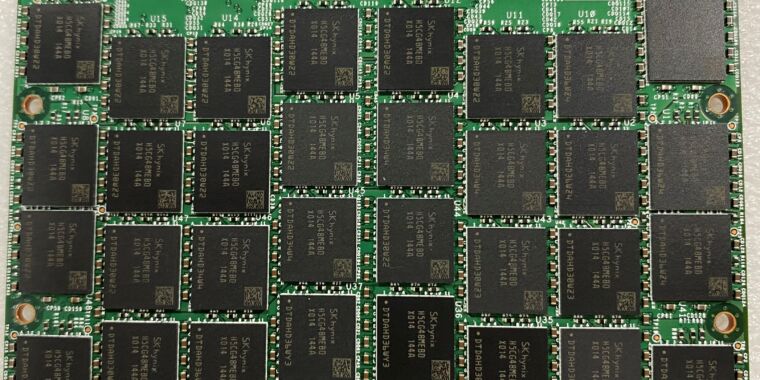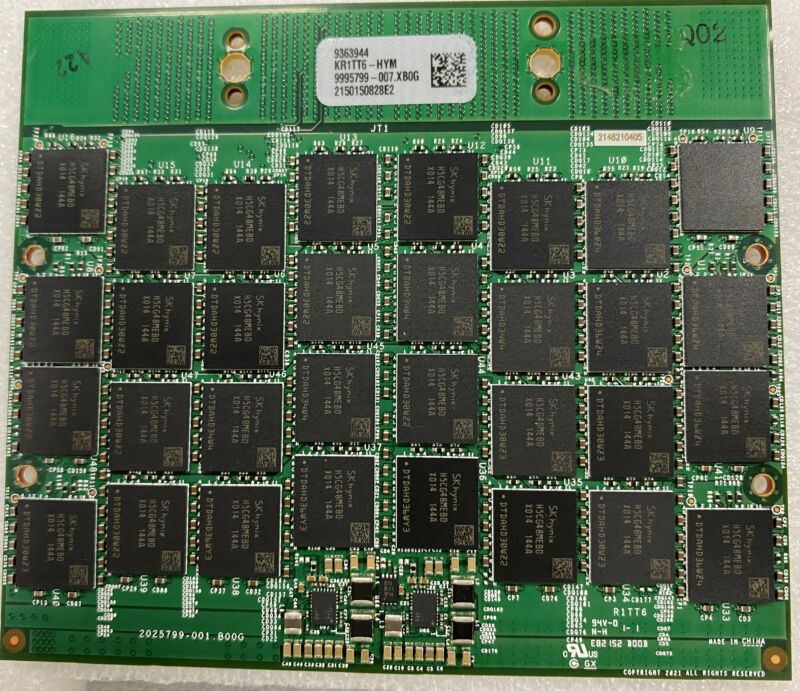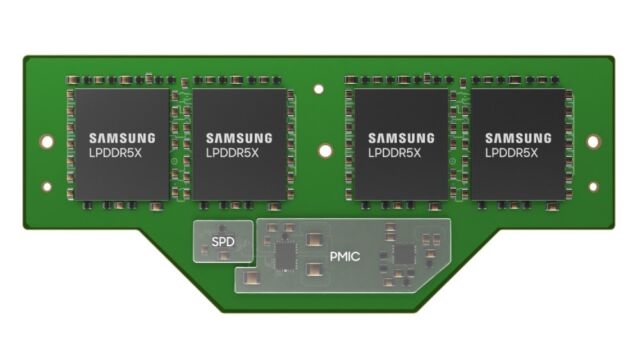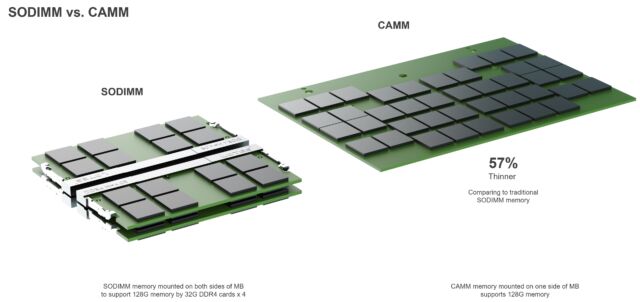Figuring out why a nap might help people see things in new ways
An EEG signal of sleep is associated with better performance on a mental task.
The guy in the back may be doing a more useful activity. Credit: XAVIER GALIANA
Dmitri Mendeleev famously saw the complete arrangement of the periodic table after falling asleep on his desk. He claimed in his dream he saw a table where all the elements fell into place, and he wrote it all down when he woke up. By having a eureka moment right after a nap, he joined a club full of rather talented people: Mary Shelley, Thomas Edison, and Salvador Dali.
To figure out if there’s a grain of truth to all these anecdotes, a team of German scientists at the Hamburg University, led by cognitive science researcher Anika T. Löwe, conducted an experiment designed to trigger such nap-following strokes of genius—and catch them in the act with EEG brain monitoring gear. And they kind of succeeded.
Catching Edison’s cup
“Thomas Edison had this technique where he held a cup or something like that when he was napping in his chair,” says Nicolas Schuck, a professor of cognitive science at the Hamburg University and senior author of the study. “When he fell asleep too deeply, the cup falling from his hand would wake him up—he was convinced that was the way to trigger these eureka moments.” While dozing off in a chair with a book or a cup doesn’t seem particularly radical, a number of cognitive scientists got serious about re-creating Edison’s approach to insights and testing it in their experiments.
One of the recent such studies was done at Sorbonne University by Célia Lacaux, a cognitive neuroscientist, and her colleagues. Over 100 participants were presented with a mathematical problem and told it could be solved by applying two simple rules in a stepwise manner. However, there was also an undescribed shortcut that made reaching the solution much quicker. The goal was to see if participants would figure this shortcut out after an Edison-style nap. The scientists would check whether the eureka moment would show in EEG.
Lacaux’s team also experimented with different objects the participants should hold while napping: spoons, steel spheres, stress balls, etc. It turned out Edison was right, and a cup was by far the best choice. It also turned out that most participants recognized there was a hidden rule after the falling cup woke them up. The nap was brief, only long enough to enter the light, non-REM N1 phase of sleep.
Initially, Schuck’s team wanted to replicate the results of Lacaux’s study. They even bought the exact same make of cups, but the cups failed this time. “For us, it just didn’t work. People who fell asleep often didn’t drop these cups—I don’t know why,” Schuck says.
The bigger surprise, however, was that the N1 phase sleep didn’t work either.
Tracking the dots
Schuck’s team set up an experiment that involved asking 90 participants to track dots on a screen in a series of trials, with a 20-minute-long nap in between. The dots were rather small, colored either purple or orange, placed in a circle, and they moved in one of two directions. The task for the participants was to determine the direction the dots were moving. That could range from easy to really hard, depending on the amount of jitter the team introduced.
The insight the participants could discover was hidden in the color coding. After a few trials where the dots’ direction was random, the team introduced a change that tied the movement to the color: orange dots always moved in one direction, and the purple dots moved in the other. It was up to the participants to figure this out, either while awake or through a nap-induced insight.
Those dots were the first difference between Schuck’s experiment and the Sorbonne study. Lacaux had her participants cracking a mathematical problem that relied on analytical skills. Schuck’s task was more about perceptiveness and out-of-the-box thinking.
The second difference was that the cups failed to drop and wake participants up. Muscles usually relax more when sleep gets deeper, which is why most people drop whatever they’re holding either at the end of the N1 phase or at the onset of the N2 phase, when the body starts to lose voluntary motor control. “We didn’t really prevent people from reaching the N2 phase, and it turned out the participants who reached the N2 phase had eureka moments most often,” Schuck explains.
Over 80 percent of people who reached the deeper, N2 phase of sleep found the color-coding solution. Participants who fell into a light N1 sleep had a 61 percent success rate; that dropped to just 55 percent in a group that stayed awake during their 20-minute nap time. In a control group that did the same task without a nap break, only 49 percent of participants figured out the hidden trick.
The divergent results in Lacaux’s and Schuck’s experiments were puzzling, so the team looked at the EEG readouts, searching for features in the data that could predict eureka moments better than sleep phases alone. And they found something.
The slope of genius
The EEG signal in the human brain consists of low and high frequencies that can be plotted on a spectral slope. When we are awake, there are a lot of high-frequency signals, and this slope looks rather flat. During sleep, these high frequencies get muted, there are more low-frequency signals, and the slope gets steeper. Usually, the deeper we sleep, the steeper our EEG slope is.
The team noticed that eureka moments seemed to be highly correlated with a steep EEG spectral slope—the steeper the slope, the more likely people were to get a breakthrough. In fact, the models based on the EEG signal alone predicted eureka moments better than predictions made based on sleep phases and even based on the sleep phases and EEG readouts combined.
“Traditionally, people divided sleep EEG readouts down into discrete stages like N1 or N2, but as usual in biology, things in reality are not as discrete,” Schuck says. “They’re much more continuous, there’s kind of a gray zone.” He told Ars that looking specifically at the EEG trace may help us better understand what exactly happens in the brain when a sudden moments of insight arrives.
But Shuck wants to get even more data in the future. “We’re currently running a study that’s been years in the making: We want to use both EEG and [functional magnetic resonance imaging] at the same time to see what happens in the brain when people are sleeping,” Schuck says. The addition of the fMRI imaging will enable Schuck and his colleagues to see which areas of the brain get activated during sleep. What the team wants to learn from combining EEG and fMRI imagery is how sleep boosts memory consolidation.
“We also hope to get some insights, no pun intended, into the processes that play a role in generating insights,” Schuck adds.
PLOS Biology, 2025. DOI: 10.1371/journal.pbio.3003185
Figuring out why a nap might help people see things in new ways Read More »



